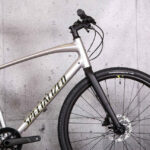The Trek Procaliber 9.6 is designed with a singular, focused purpose: speed on the cross-country racecourse. While versatile enough for everyday trails, its true calling is pushing limits between the race tapes. This review delves into whether this specialized machine lives up to its race-bred reputation and if it’s the right choice for your riding needs.

Compared to the more versatile trail hardtails flooding the market, the Trek Procaliber 9.6 carves out a niche as a pure cross-country weapon. Instead of aiming for all-around trail competency, Trek has honed this bike for a very specific mission: cross-country racing. For riders considering a dedicated tool for XC performance, the Procaliber 9.6 presents a compelling option. This isn’t just a mountain bike; it’s a finely tuned instrument where training rides blur into race day preparations.
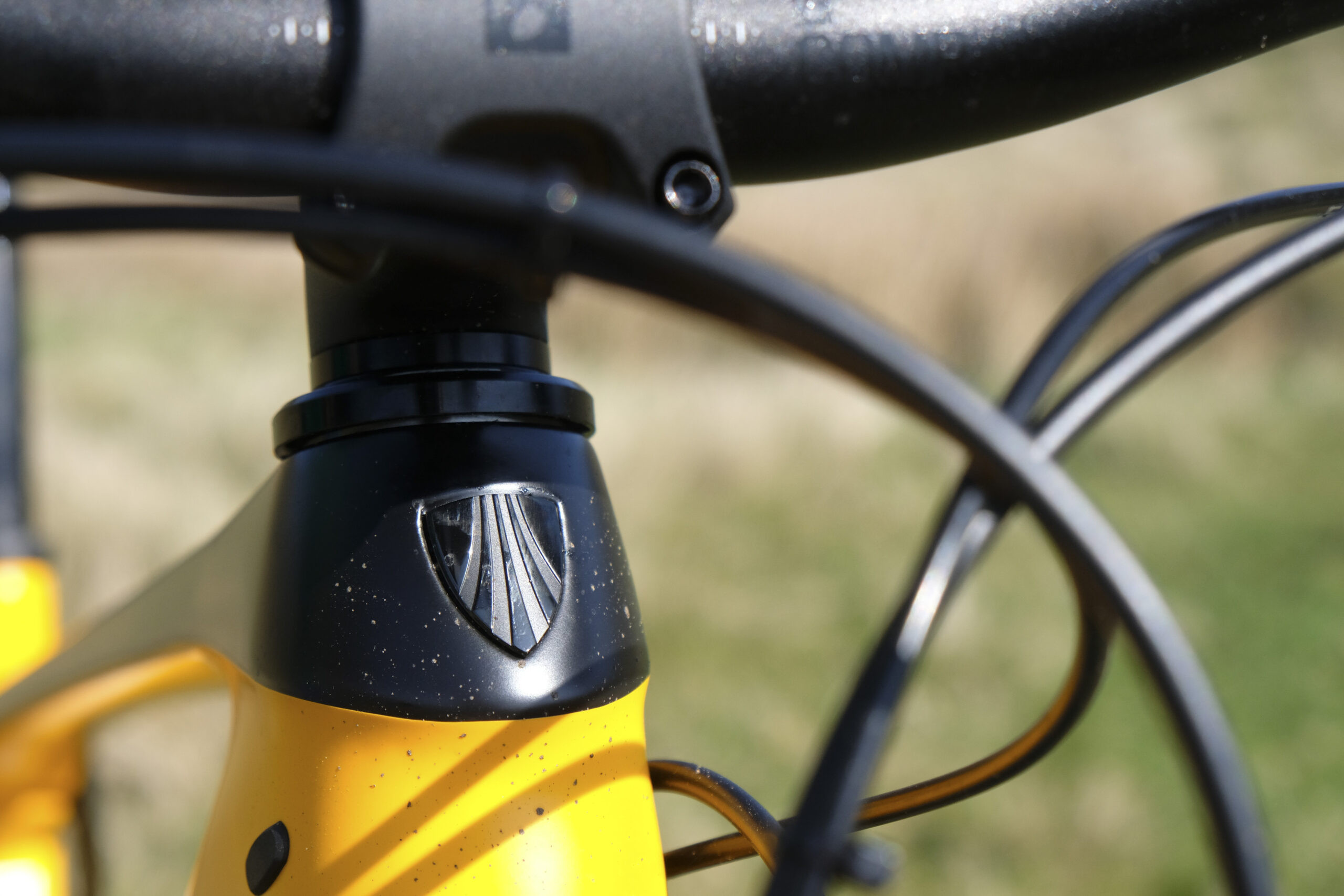
Unpacking the Trek Procaliber 9.6: Key Features
The defining feature of the Trek Procaliber 9.6 is undoubtedly Trek’s IsoSpeed decoupler. Originating from their road racing bikes built to conquer the punishing cobblestones of races like the Tour of Flanders, IsoSpeed ingeniously separates the seat tube from the top tube. This clever design allows the seat tube to flex vertically, acting as a sophisticated take on the older soft-tail concepts of the 90s. Unlike those earlier designs that often incorporated springs within the seat stays, IsoSpeed utilizes a pivot point just ahead of the seat tube, beneath the top tube, and incorporates an elastomer insert within the joint. We’ll explore how this translates to on-trail feel shortly.
The Procaliber 9.6 frame is constructed from Trek’s OCLV Mountain carbon, and it’s visually striking. The black and yellow color scheme is particularly attractive. However, the component selection is more practical than flashy. The bike features house-brand finishing kit, dependable mid-range Shimano components, and a RockShox Recon fork that, while functional, doesn’t immediately excite. In a way, the understated black components enhance the frame’s visual appeal. The handlebar width is appropriately narrow for cross-country riding, and the 80mm stem is decidedly XC-length. The Bontrager XR2 Team Issue tires are designed for speed with a minimal tread pattern. The Shimano MT410 brakes and RockShox Recon fork stand out as areas where cost considerations are apparent on a bike that otherwise looks premium.
Stepping up to the Procaliber 9.8, priced at £3,775, brings a more high-end specification, including a Fox fork, carbon wheelset, and Shimano XT components. The geometry of the Procaliber 9.6 leans towards the traditional side for a cross-country bike. It features a steep 68.8° head angle, a shorter 450mm reach (size Large), and a compact 90mm head tube length (size Large). Notably, a dropper seatpost is not included.
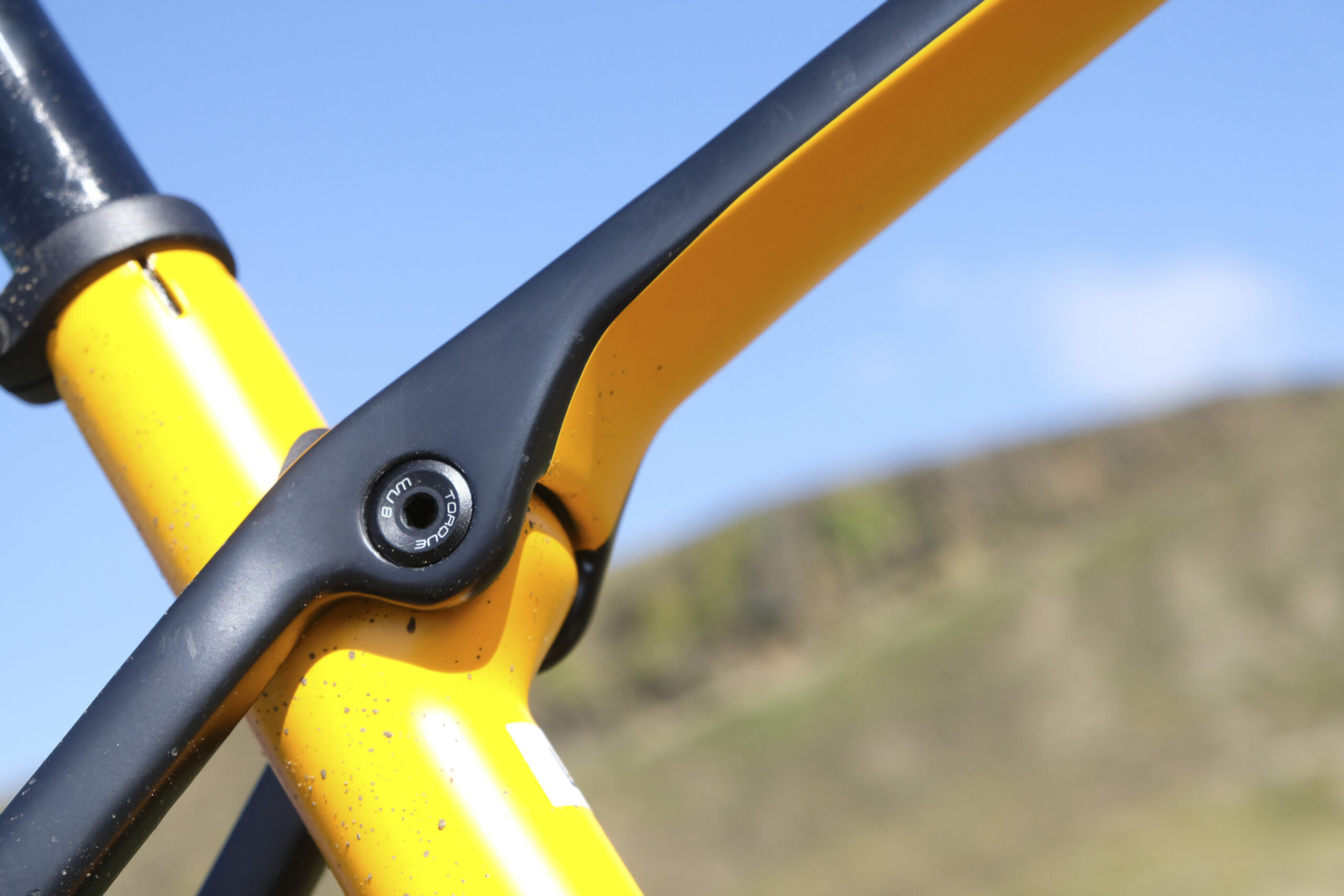
Riding the Procaliber 9.6: Performance and Handling
Pinpointing what makes a cross-country bike excel can be nuanced. It’s more than just low weight and stiffness. For riders accustomed to trail bikes, XC geometry can seem counterintuitive. Steep head angles, long stems, and narrow bars might appear outdated. However, this geometry isn’t intended for all-around trail riding. Cross-country geometry prioritizes climbing efficiency and a feeling of speed, which is crucial in racing, where the mental aspect is as important as the physical. Narrow bars can improve aerodynamics, and a long stem paired with a steep head angle helps maintain control and prevent front-end instability at high speeds and during climbs.
Why not opt for a slacker head angle for improved downhill performance? The answer lies in maximizing speed on terrain that isn’t descending. In cross-country racing, winning and losing is often determined on climbs and flat sections. Downhill speed is less critical. While poor descending skills can cost you a race, excelling downhill alone won’t win it. The steeper head angle keeps the front tire contact patch closer to the rider, allowing for more effective terrain manipulation to generate momentum – a concept that’s generally undesirable for typical mountain biking but advantageous in XC racing.
Cross-country races are won primarily on climbs, but flat and rolling terrain are also significant. XC race geometry is a specialized system, and the Trek Procaliber embodies this specialization more than many. The Procaliber 9.6 is undeniably fast where and when it matters most. While downhills demand more focus on control than carefree fun, the Procaliber’s strengths lie in race day results and potentially Strava leaderboards.
The functional black components on the Procaliber 9.6 perform reliably. The fork is surprisingly responsive, and combined with the IsoSpeed system, which provides seated compliance, it creates a remarkably comfortable ride for a hardtail. This comfort explains why the Procaliber is favored by many marathon endurance racers over full-suspension bikes. Utilizing the fork lockout effectively maximizes power transfer for out-of-the-saddle sprints and climbs.
While the Procaliber 9.6 performs admirably, a dropper seatpost would be a valuable addition. Even a short-travel dropper would enhance its descending capabilities without compromising its climbing prowess. The IsoSpeed system is ideally suited for dropper posts, as droppers eliminate fore-aft seatpost flex, meaning IsoSpeed can maintain seated comfort even with a dropper installed.
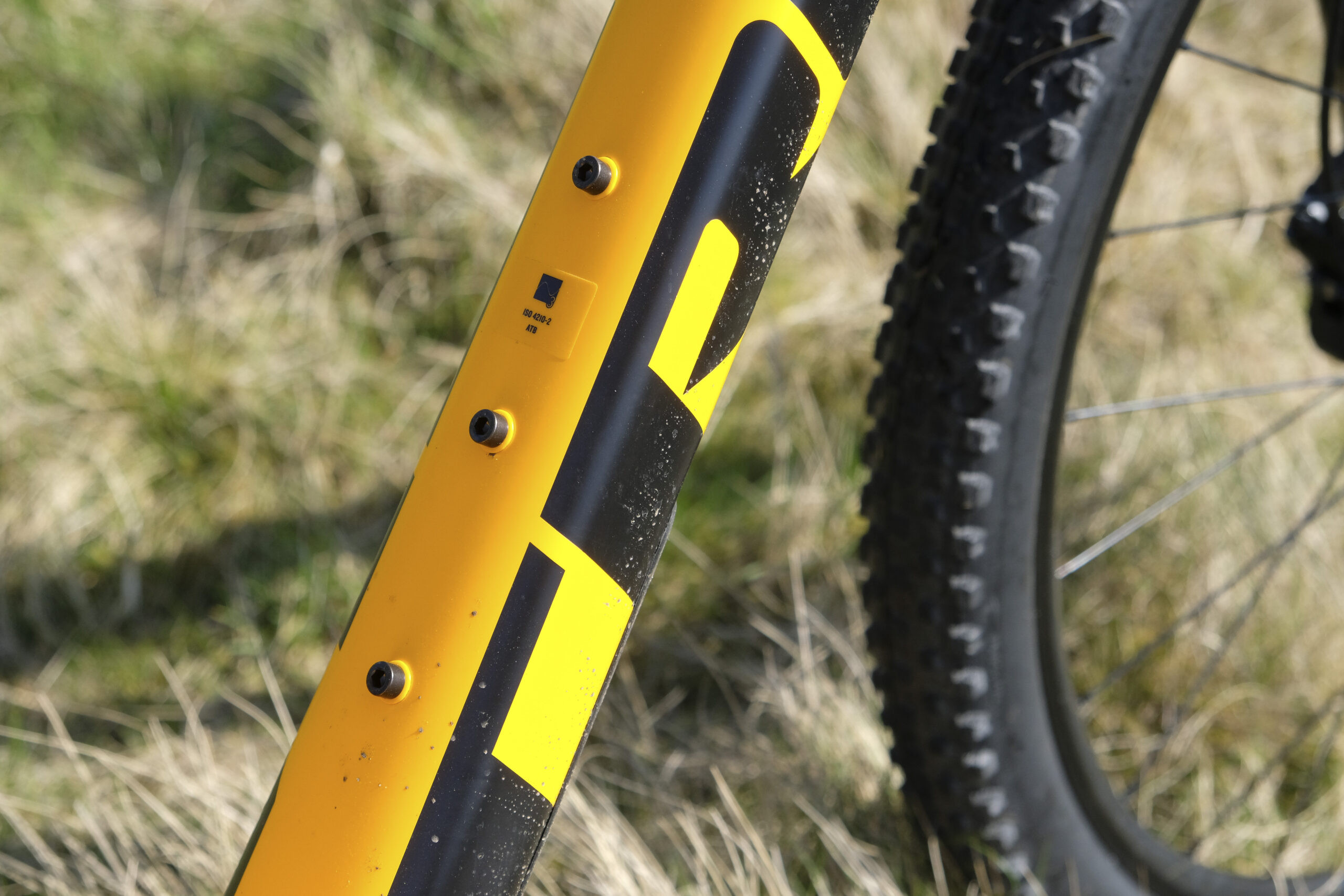
Final Verdict: Who is the Trek Procaliber 9.6 For?
The Trek Procaliber 9.6 exemplifies how a focused budget increase can unlock specialized performance. While not universally recommended, and perhaps not the ideal personal bike for every rider, it stands out as an effective tool for cross-country racing. Whether competing in real-world races or virtual Strava challenges, the Procaliber 9.6 is a prime contender for riders seeking maximum speed and endurance on demanding XC courses.
It’s a bike capable of aggressive riding yet also allows for moments of respite when needed. The active fork, supple tires, and IsoSpeed system strike a balance between race-ready efficiency and surprising comfort. It’s a bike with a dual personality: seated, it’s compliant and comfortable; standing, it transforms into a powerful speed machine.
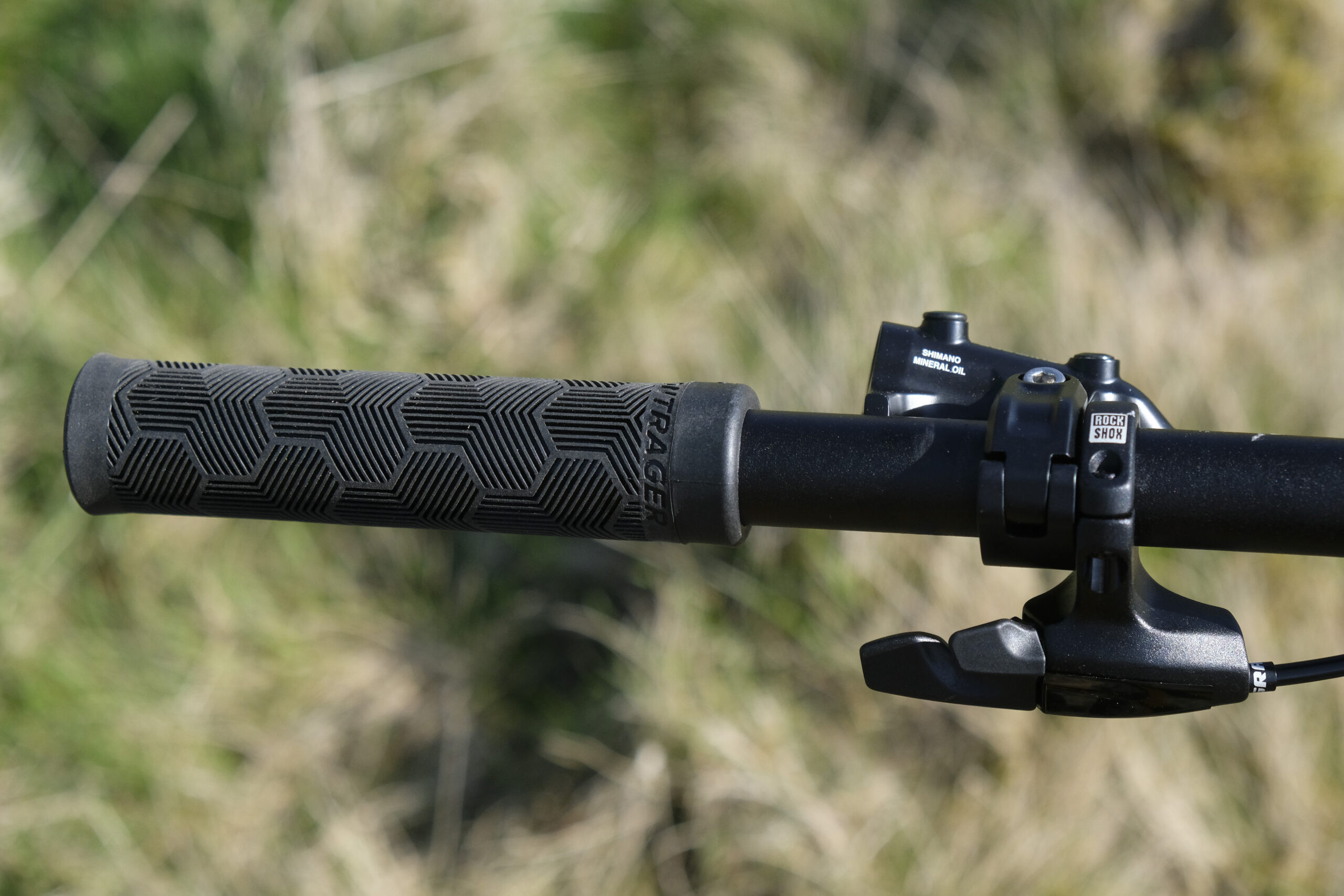
Trek Procaliber 9.6 Specifications:
Components:
- Frame: OCLV Mountain Carbon
- Fork: RockShox Recon Gold RL LockOut, 100mm travel
- Wheels: Bontrager Kovee Comp 23
- Front Tire: Bontrager XR2 Team Issue 29×2.2″
- Rear Tire: Bontrager XR2 Team Issue 29×2.2″
- Crankset: Shimano MT611, 30T, 175mm
- Drivetrain: Shimano SLX/XT, 12-speed, 10-51T
- Brakes: Shimano MT410, 180/160mm rotors
- Stem: Bontrager Rhythm Comp, 80mm, 31.8mm clamp
- Handlebars: Bontrager Rhythm Comp, 750mm width, 15mm rise, 31.8mm clamp
- Grips: Bontrager XR Trail Comp Lock-on
- Seatpost: Bontrager Comp, 31.6mm
- Saddle: Bontrager Arvada
- Bottom Bracket: Shimano MT500 PF92
Geometry:
- Size Tested: Large
- Sizes Available: S, M, ML, L, XL, XXL
- Head Angle: 68.8°
- Effective Seat Angle: 73.8°
- Seat Tube Length: 470mm
- Head Tube Length: 90mm
- Effective Top Tube: 625mm
- BB Height: 60mm BB drop
- Reach: 450mm
- Chainstay: 432mm
- Wheelbase: 1,133mm
- Weight: 11.7kg
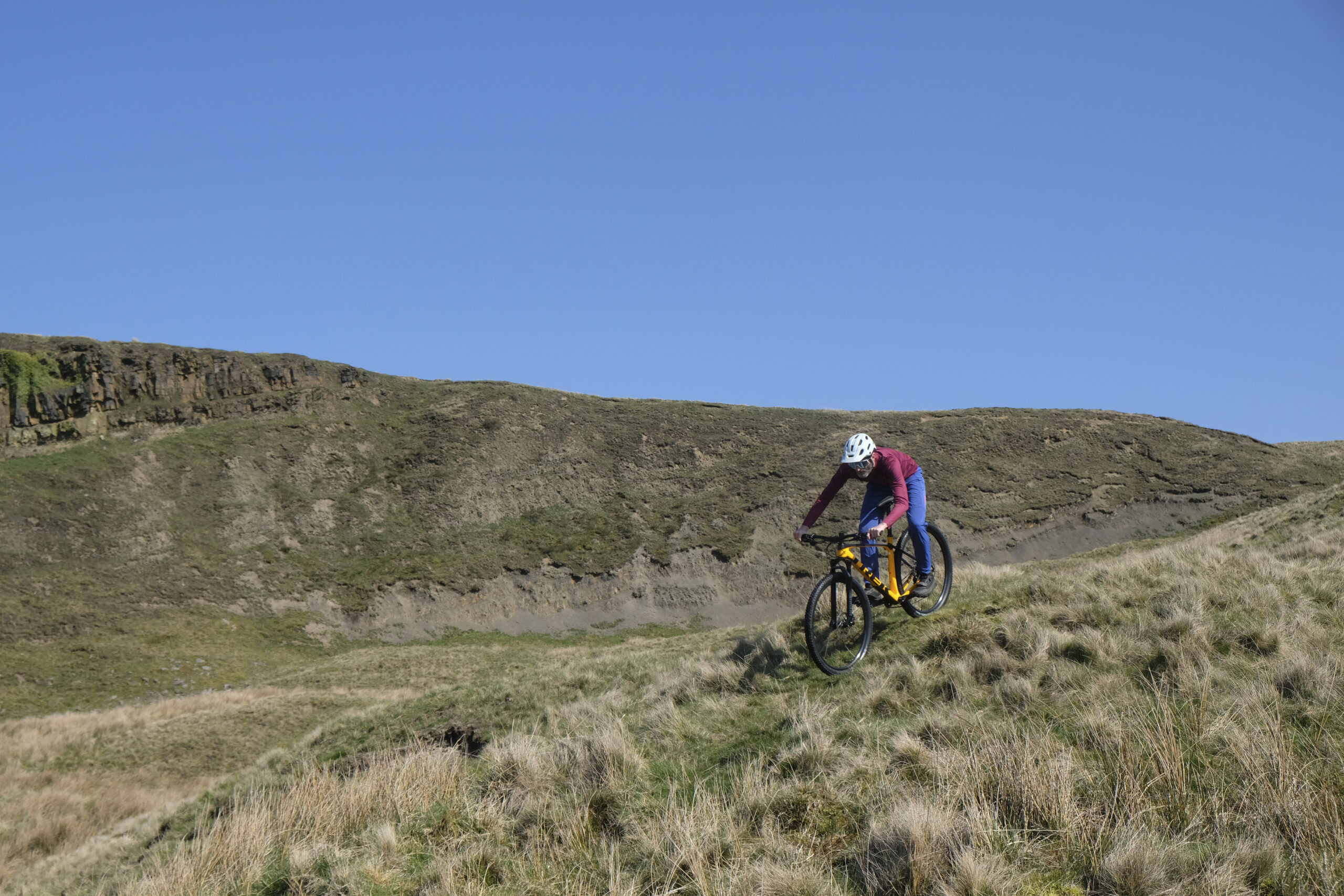
Review Summary:
| Feature | Detail |
|---|---|
| Brand: | Trek |
| Product: | Procaliber 9.6 |
| Price: | £2,550 |
| Intended Use: | Cross-Country Racing and Performance Riding |
| Tested by: | Benji for Singletrack World Magazine Issue 149 |

